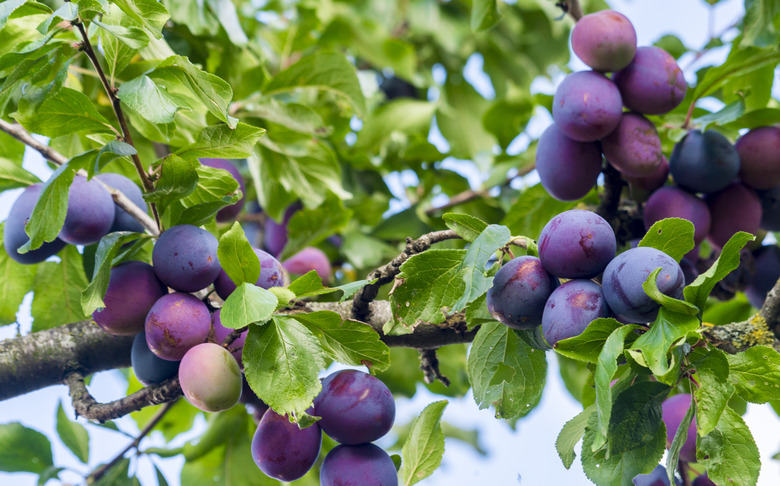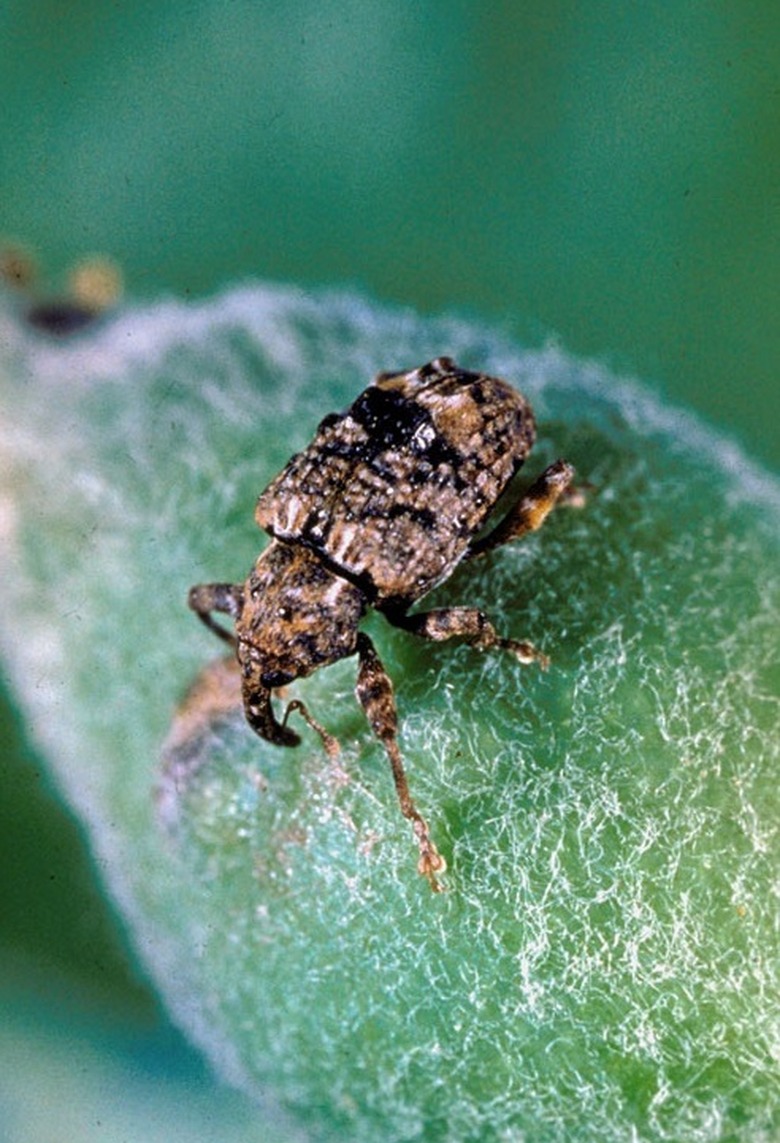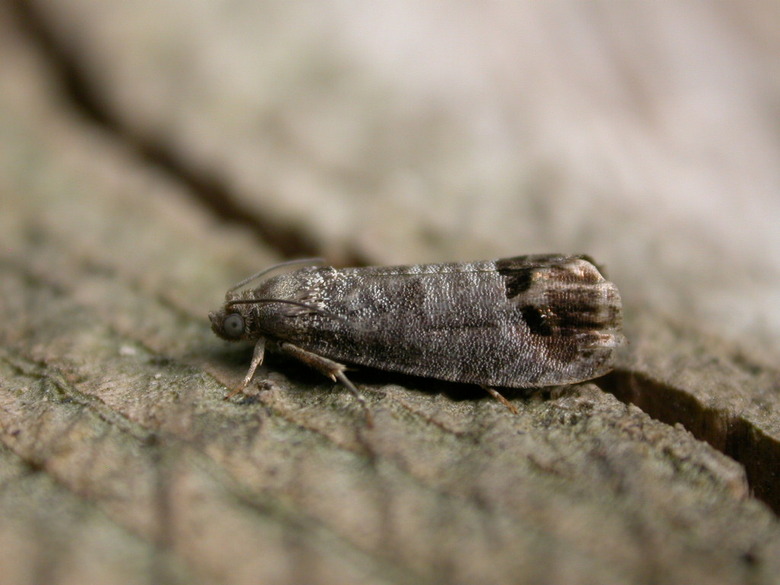Why Is My Plum Tree Prematurely Dropping Fruit?
How to Prevent Fruit Drop in Plum Trees
Plum trees (Prunus spp.) produce a type of stone fruit that typically ripens in late July through September, depending on the variety. Sometimes, however, a plum tree may drop fruit during the growing season, which can be messy and reduce yields.
Plum trees falling off a tree before ripening can be the result of poor pollination, pests, disease, an excess of fruit on the tree or a combination thereof.
Potential Reasons for Plum Trees Prematurely Dropping Fruit
| Issue | Treatment |
| Poor Pollination | Try to attract pollinators; ensure there are compatible pollinator trees nearby |
| Plum Curculio | Carefully apply insecticides; immediately dispose of fallen fruit that contain larvae |
| Codling Moth | Spray larvae with horticultural oil; apply insecticides at first sign of adult moths |
| Brown Rot | Carefully apply fungicides |
| Too Much Fruit on the Branches | Thin the fruit |
Inadequate Pollination
Plum trees, like other stone fruit varieties, are pollinated by bees. Fruit that is not properly pollinated will remain on the tree for a few weeks and then fall off.
Poor pollination can be the result of rainy, humid weather conditions that prevent bees from pollinating the flowers of a plum tree.
A lack of a compatible pollinator tree can also be an issue in plums: While a few plum tree varieties can set fruit with their own pollen, many hybrid varieties must be planted in the vicinity of a different, compatible variety of plum in order for proper pollination to occur. Even plum trees that are considered "self-fertile" will produce a larger crop when planted near a different cultivar.
Pests of Plum Trees
Plum trees can become infested with insects that feed on the fruit and result in premature fruit drop.
Plum Curculio
The most notable pest is the plum curculio (Conotrachelus nenuphar), a type of beetle that lays eggs inside plums and other stone fruit. Both plum curculio larvae and mature individuals feed on plum flesh. Infested fruit may fall off the tree in May and June.
**Treatment:** Experts recommend spraying plum trees with insecticides soon after their flowers drop their petals, which is when the plum curculio typically attacks trees.
Just keep in mind that it's extremely crucial to be sure of which insecticides you're spraying and rotating through certain options, as different products have different uses and efficacies in different contexts. It is also important not to spray before petal drop, as insecticides that kill the plum curculio can also kill the bees that pollinate the trees.
You should also pick up and destroy any fruit on the ground harboring larvae to prevent them from emerging as adults.
Codling Moth
Infestations by the codling moth (Cydia pomonella) can also result in premature fruit drop in plum trees. The moth tunnels into the fruit, causing it to rot and fall off the tree.
**Treatment:** To control codling moth larvae, spray fruit trees with horticultural oil in the spring, before the flower buds open.
Insecticides such as carbaryl, permethrin and spinosaid should be applied at the first sighting of adult moths. Apply insecticide two or three times, with three to five days between each spray.
Plum Tree Fungal Disease: Brown Rot
Plum trees can be stricken by a fungal disease known as brown rot that is caused by the fungus Monilinia fructicola. This fungus thrives in warm, humid conditions and affects many parts of the plum tree, including the fruit, which rots.
Rotted plums become "mummified" and often remain attached to the tree, sometimes even into the next growing season, but in some cases they drop. Removing infected fruit, on the tree and on the ground, is key to controlling this disease.
**Treatment:** Brown rot can be controlled with fungicides formulated for edible fruit trees, such as captan, sulfur, chlorothalonil and thiophanate methyl. Applying the right product at the right time is key to avoid harm to the tree.
Chlorothalonil can be used up until the fruit shucks fall from the tree, but not after. Captan and thiophanate methyl can often be used together. Sulfur is quickly washed away in rainy weather and may need more frequent applications.
Tip
When using fungicides on plum trees, refer to the product label to determine the pre-harvest interval, which is the time that needs to transpire between the last fungicide spray and harvest.
Too Much Fruit Weighing Down Branches
Plum trees may drop their fruit prematurely in the summertime simply because the trees have produced more fruit than they can support. Too much fruit can also weigh down the tree's branches and cause it to break.
Thinning Fruit
If you are wondering how to prevent premature fruit drop in plum trees, thinning is one option. Thin fruit from plum trees around June, allowing no less than 3 to 4 inches of space between fruit on a branch.
References
- Missouri Botanical Garden: Plum curculio
- The University of Maine Cooperative Extension: Tree Fruits – Insect Pests
- The University of Maine Cooperative Extension Publications: Bulletin #2034, Plum Production in Maine
- Missouri Botanical Garden: Codling moth
- University of Delaware: Fruit Drop in Tree Fruit
- University of Maryland Extension: Tree Fruit Pollination
- The Connecticut Agricultural Experiment Station: Disease Contol for Home Plum Orchards
- University of Minnesota Extension: Brown rot of stone fruit
- Ohio State University Extension: Brown Rot of Stone Fruits


